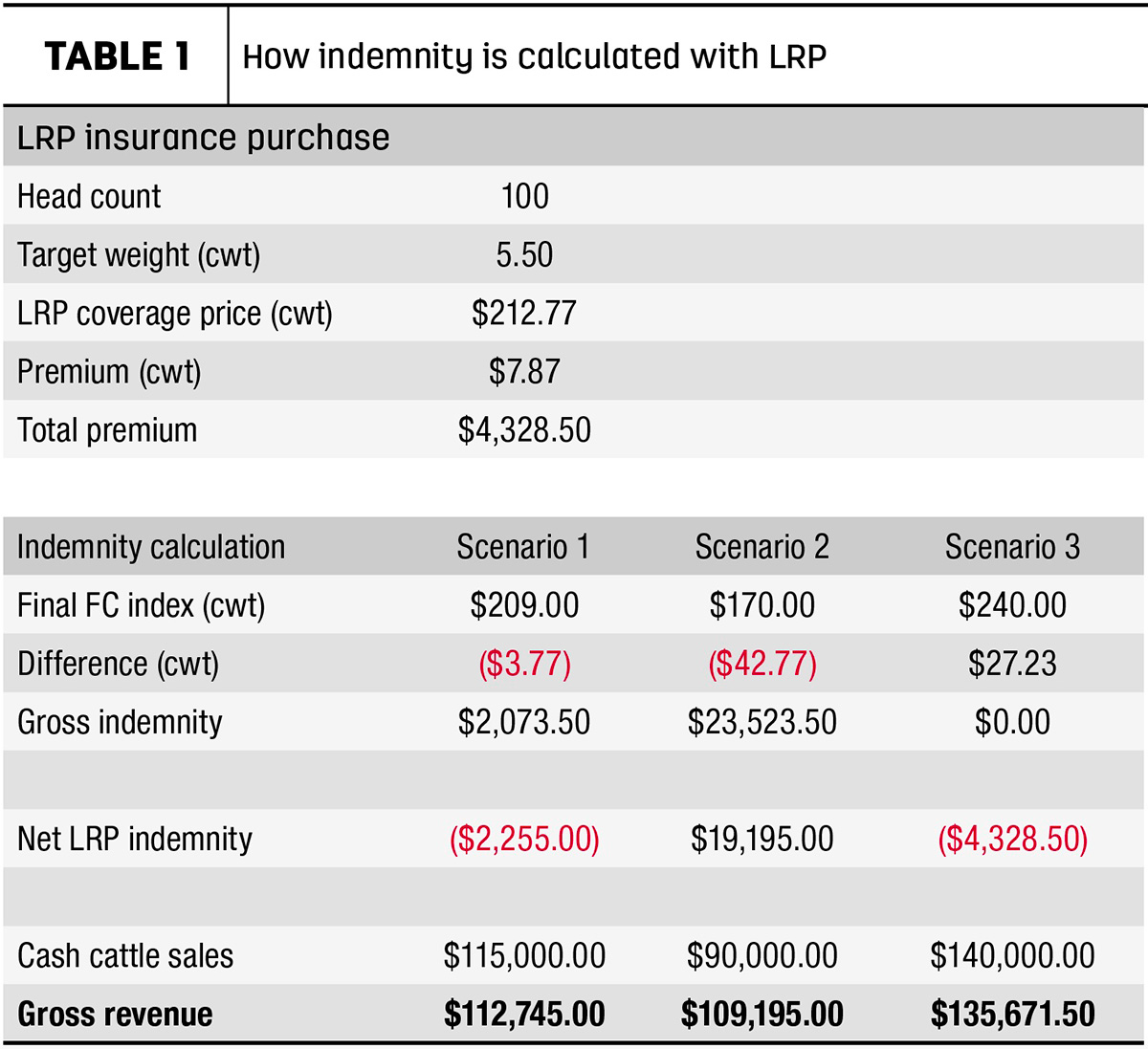Opening Growth Prospective: Bagley Risk Management Approaches
Opening Growth Prospective: Bagley Risk Management Approaches
Blog Article
Comprehending Animals Threat Protection (LRP) Insurance Coverage: A Comprehensive Overview
Navigating the realm of animals risk protection (LRP) insurance can be a complex undertaking for many in the farming field. From how LRP insurance works to the numerous coverage options available, there is much to uncover in this comprehensive guide that could potentially shape the means animals manufacturers come close to risk administration in their companies.

Exactly How LRP Insurance Coverage Functions
Periodically, understanding the technicians of Livestock Danger Protection (LRP) insurance policy can be intricate, but damaging down exactly how it works can provide quality for breeders and farmers. LRP insurance is a threat management tool developed to protect animals manufacturers against unforeseen price declines. It's vital to keep in mind that LRP insurance policy is not an earnings warranty; rather, it focuses entirely on cost threat security.
Qualification and Insurance Coverage Options

When it pertains to protection choices, LRP insurance uses manufacturers the versatility to select the coverage level, protection period, and recommendations that ideal suit their threat management needs. Coverage levels commonly vary from 70% to 100% of the expected finishing worth of the insured animals. Manufacturers can additionally choose insurance coverage durations that line up with their production cycle, whether they are guaranteeing feeder cattle, fed cattle, swine, or lamb. Endorsements such as price threat protection can even more personalize protection to shield against negative market fluctuations. By recognizing the qualification standards and coverage choices offered, animals manufacturers can make educated choices to manage danger properly.
Benefits And Drawbacks of LRP Insurance
When examining Animals Threat Security (LRP) insurance, it is necessary for animals manufacturers to consider the advantages and disadvantages fundamental in this risk management device.

One of the main advantages of LRP insurance is its ability to offer security versus a decline in animals costs. This can assist guard manufacturers from financial losses arising from market fluctuations. Furthermore, LRP insurance coverage provides a level of versatility, permitting manufacturers to tailor protection levels and policy durations to suit their certain demands. By securing an ensured cost for their livestock, manufacturers can better take care of danger and prepare for the future.
Nevertheless, there are likewise some downsides to take into consideration. One restriction of LRP insurance coverage is that it does not secure against all kinds of risks, such as condition break outs or natural catastrophes. Costs can in some cases be pricey, specifically for producers with big livestock herds. It is important for producers to thoroughly evaluate their specific threat exposure and monetary scenario to determine if LRP insurance coverage is the ideal threat administration tool for their operation.
Recognizing LRP Insurance Coverage Premiums

Tips for Making Best Use Of LRP Conveniences
Making the most of the benefits of Livestock Danger Protection (LRP) insurance coverage needs tactical planning and positive danger administration - Bagley Risk Management. To maximize your LRP coverage, think about the following suggestions:
On A Regular Basis Analyze Market Problems: Keep informed about market trends and price changes in the livestock market. By monitoring these factors, you can make educated decisions concerning when to acquire LRP coverage to protect versus possible losses.
Establish Realistic Protection Levels: When selecting coverage levels, consider your production expenses, market value of animals, and possible dangers - Bagley Risk Management. Setting reasonable coverage degrees ensures that you are effectively secured without overpaying for unnecessary insurance policy
Expand Your Coverage: Instead of relying entirely on LRP insurance coverage, consider diversifying your threat monitoring methods. Integrating LRP with other risk monitoring devices such as futures agreements or alternatives their explanation can supply comprehensive coverage against market unpredictabilities.
Evaluation and Change Protection Frequently: As market conditions change, regularly examine your LRP protection to guarantee it straightens with your current risk direct exposure. Readjusting protection levels and timing of purchases can assist maximize your threat defense approach. By following these ideas, you can make best use of the benefits of LRP insurance coverage and protect your animals operation versus unforeseen risks.
Conclusion
To conclude, animals danger security (LRP) insurance policy is a useful tool for farmers to manage the financial risks connected with their livestock procedures. By comprehending just how LRP works, eligibility and coverage choices, as well as the pros and cons of this insurance coverage, farmers can make enlightened choices to protect their livelihoods. By very carefully considering LRP costs and carrying out strategies to take full advantage of benefits, farmers can alleviate prospective losses and guarantee the sustainability of their procedures.
Livestock manufacturers interested in acquiring Animals Threat Defense (LRP) insurance policy can explore an array of qualification requirements and protection alternatives customized to their specific livestock procedures.When it comes to protection choices, LRP insurance policy supplies producers the adaptability to choose the protection level, coverage duration, and endorsements that ideal suit their threat management needs.To understand the intricacies of Animals Risk Security (LRP) insurance coverage fully, recognizing the variables affecting LRP insurance this article coverage premiums is vital. LRP insurance coverage costs are figured out by numerous aspects, including the insurance coverage degree picked, the anticipated rate of animals at the end of the protection period, the type of animals being insured, and the length of the Click This Link insurance coverage period.Evaluation and Adjust Protection Routinely: As market conditions transform, regularly assess your LRP insurance coverage to ensure it straightens with your existing danger direct exposure.
Report this page